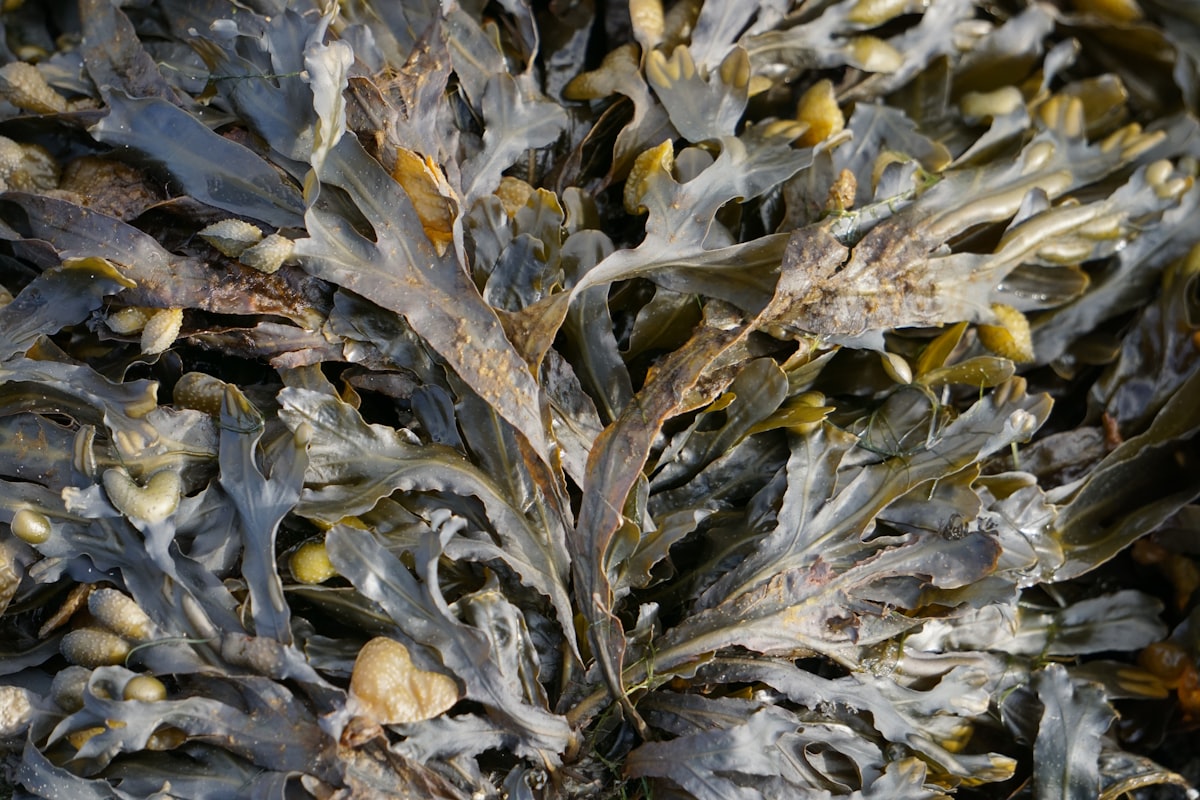Sargassum in pharmaceutical biotechnology for spirulina industry
According to a bachelor's degree thesis, the use of sargassum, which floods the beaches of the Caribbean, would save costs for the pharmaceutical industry and manufacturers of nutritional supplements derived from microalgae, such as spirulina.





